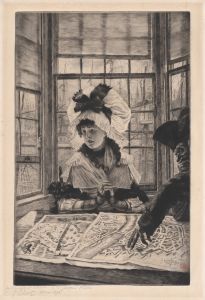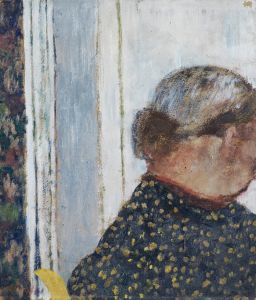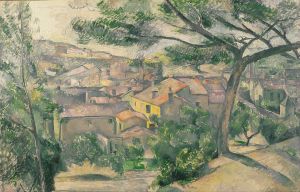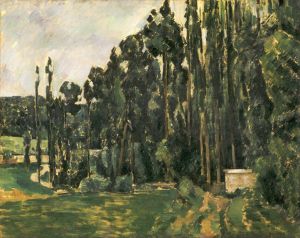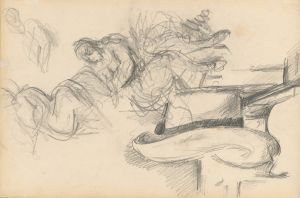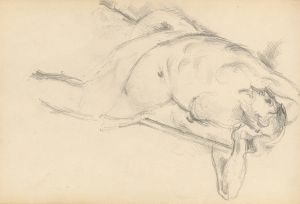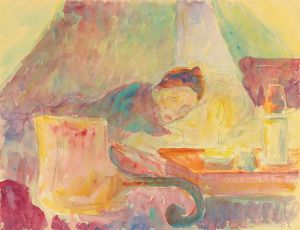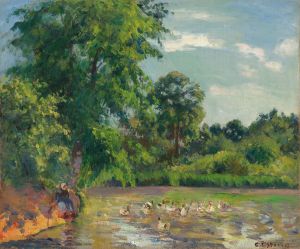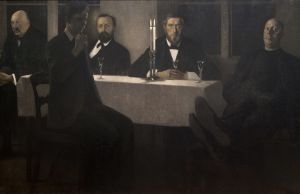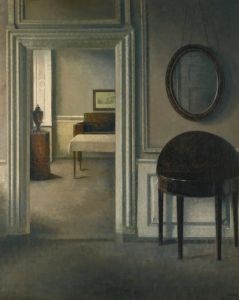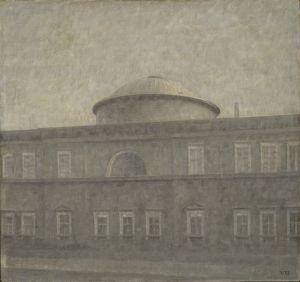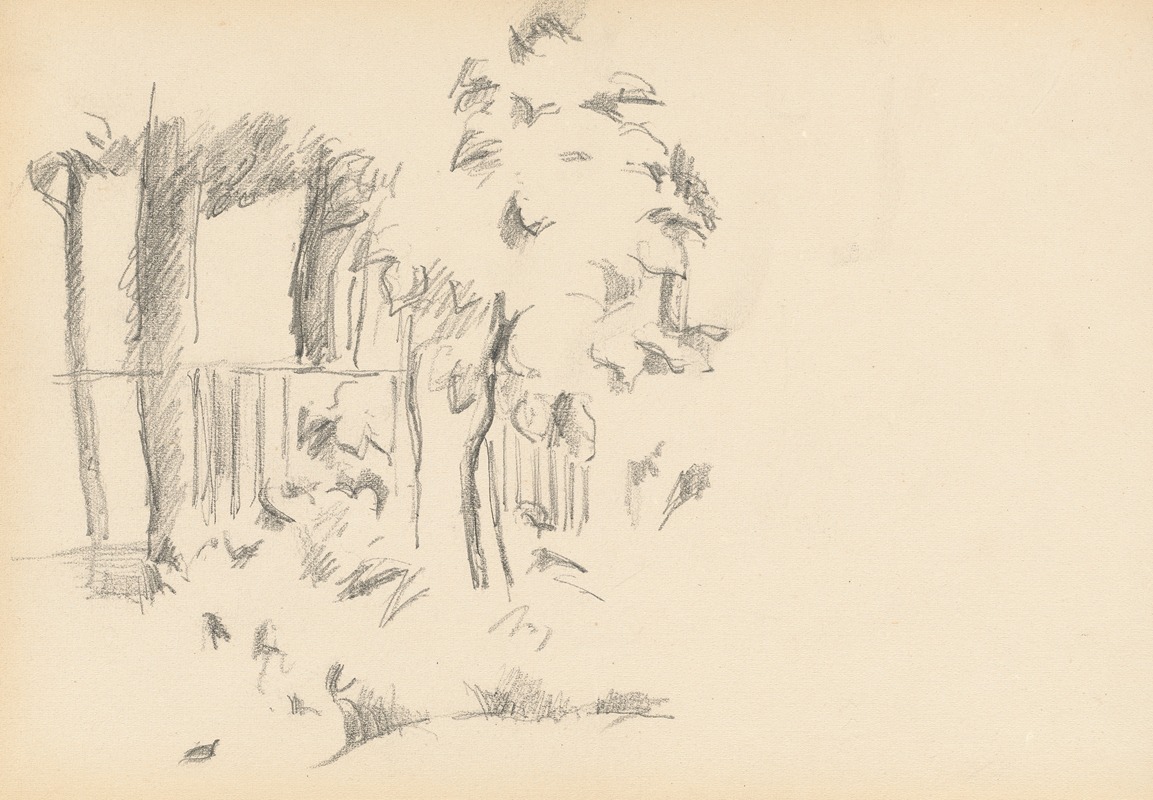
Near the Pool at Jas de Bouffan
A hand-painted replica of Paul Cézanne’s masterpiece Near the Pool at Jas de Bouffan, meticulously crafted by professional artists to capture the true essence of the original. Each piece is created with museum-quality canvas and rare mineral pigments, carefully painted by experienced artists with delicate brushstrokes and rich, layered colors to perfectly recreate the texture of the original artwork. Unlike machine-printed reproductions, this hand-painted version brings the painting to life, infused with the artist’s emotions and skill in every stroke. Whether for personal collection or home decoration, it instantly elevates the artistic atmosphere of any space.
"Near the Pool at Jas de Bouffan" is a painting by the renowned French artist Paul Cézanne, who is often credited with laying the groundwork for the transition from 19th-century Impressionism to 20th-century Cubism. This particular work is part of a series of paintings that Cézanne created at the Jas de Bouffan, the family estate in Aix-en-Provence, which his father purchased in 1859. The estate and its surroundings provided Cézanne with a wealth of inspiration and became a recurring subject in his oeuvre.
Cézanne's connection to the Jas de Bouffan was deeply personal, and he spent considerable time there throughout his life. The estate's landscape, with its distinctive features such as the pool, gardens, and the Mont Sainte-Victoire in the distance, became central motifs in his work. "Near the Pool at Jas de Bouffan" captures the serene and contemplative atmosphere of the estate, reflecting Cézanne's interest in exploring the interplay of light, color, and form.
The painting exemplifies Cézanne's mature style, characterized by a methodical approach to composition and a focus on the underlying structure of natural forms. Unlike the Impressionists, who emphasized capturing fleeting moments and the effects of light, Cézanne sought to depict the enduring qualities of the landscape. He achieved this through a technique of building up color with small, deliberate brushstrokes, creating a sense of solidity and depth.
In "Near the Pool at Jas de Bouffan," Cézanne employs a palette of muted greens, blues, and earth tones, which convey the tranquil ambiance of the scene. The composition is carefully balanced, with the pool serving as a central element that draws the viewer's eye into the painting. The reflection of the trees and sky in the water adds a layer of complexity, inviting contemplation of the relationship between the natural world and its representation on canvas.
Cézanne's work at the Jas de Bouffan, including "Near the Pool," was instrumental in his development as an artist. It allowed him to experiment with new techniques and ideas that would influence future generations of artists. His approach to capturing the essence of the landscape, rather than its superficial appearance, marked a significant departure from traditional artistic conventions and paved the way for the emergence of modern art.
Today, "Near the Pool at Jas de Bouffan" is recognized as an important example of Cézanne's innovative approach to landscape painting. It reflects his lifelong dedication to exploring the complexities of perception and representation, themes that continue to resonate with audiences and artists alike. The painting is held in high regard within the art community and remains a testament to Cézanne's enduring legacy as a pioneer of modern art.





